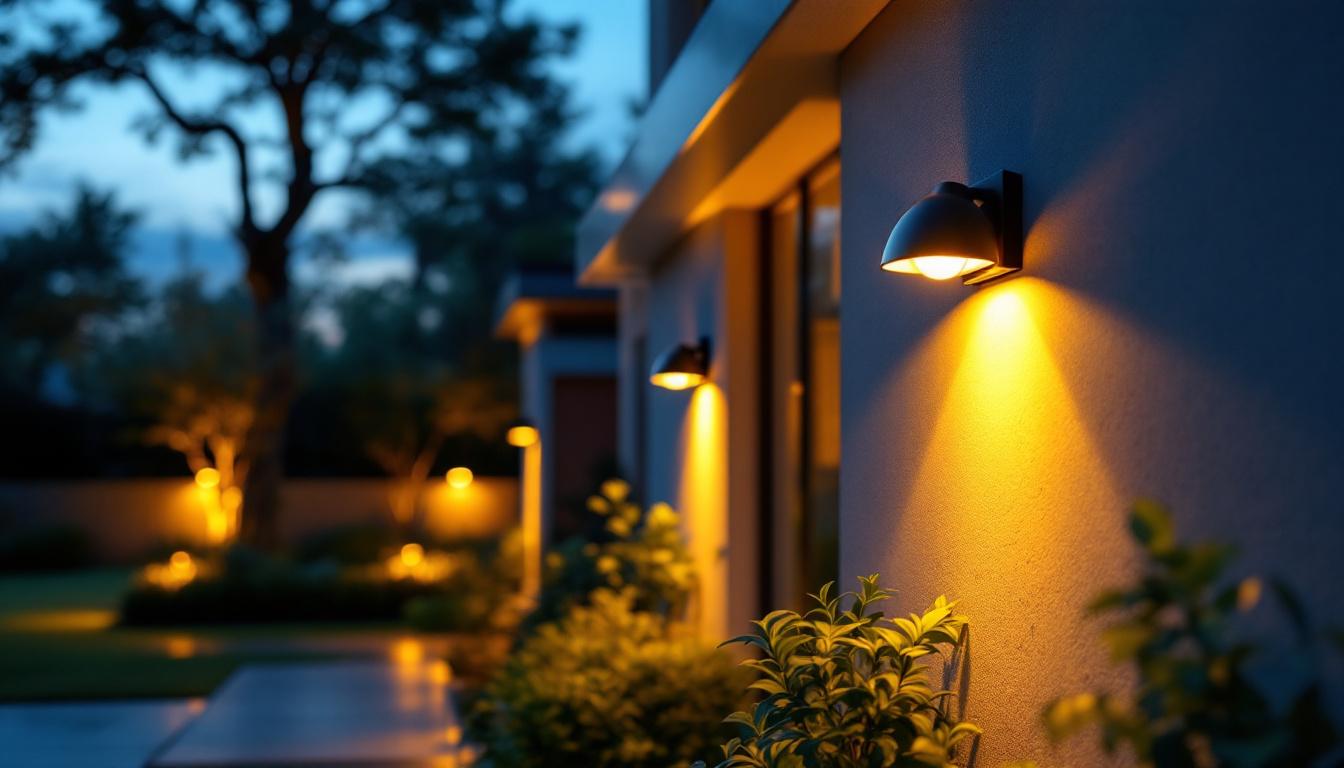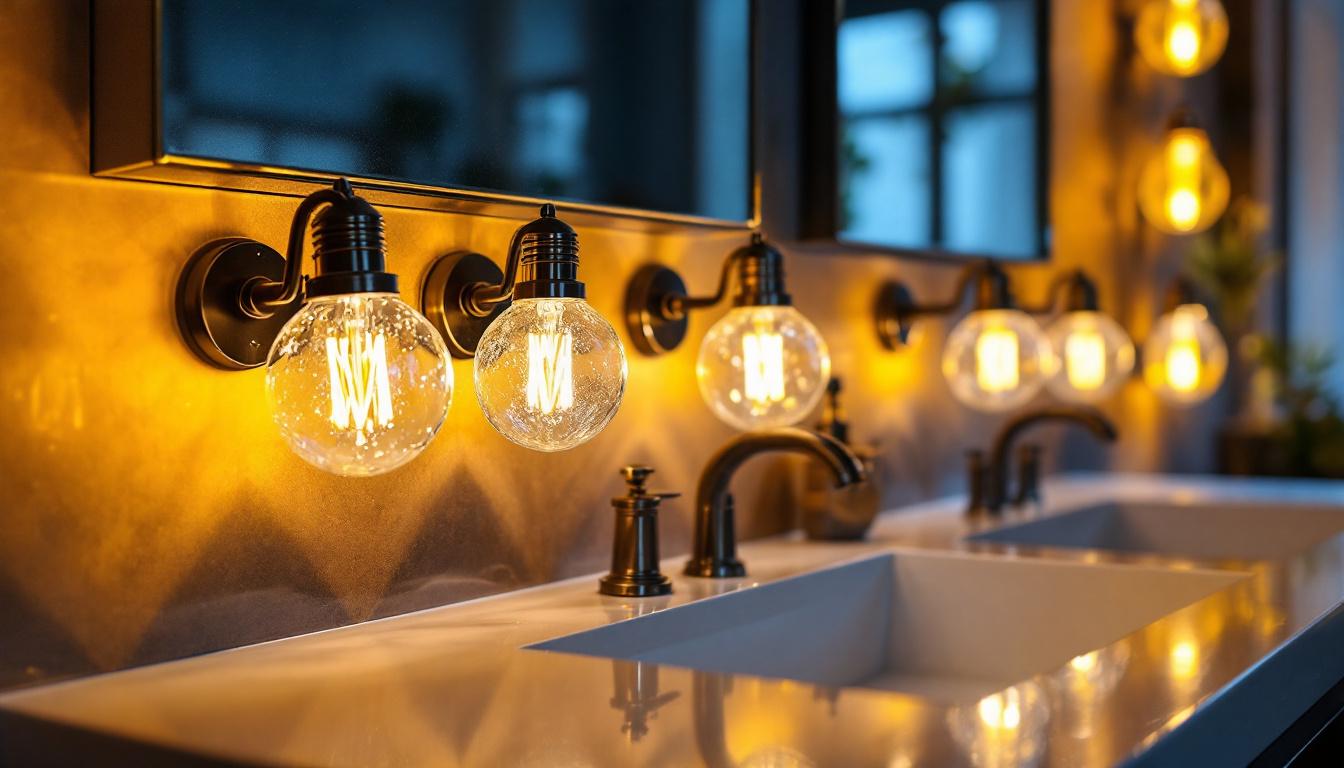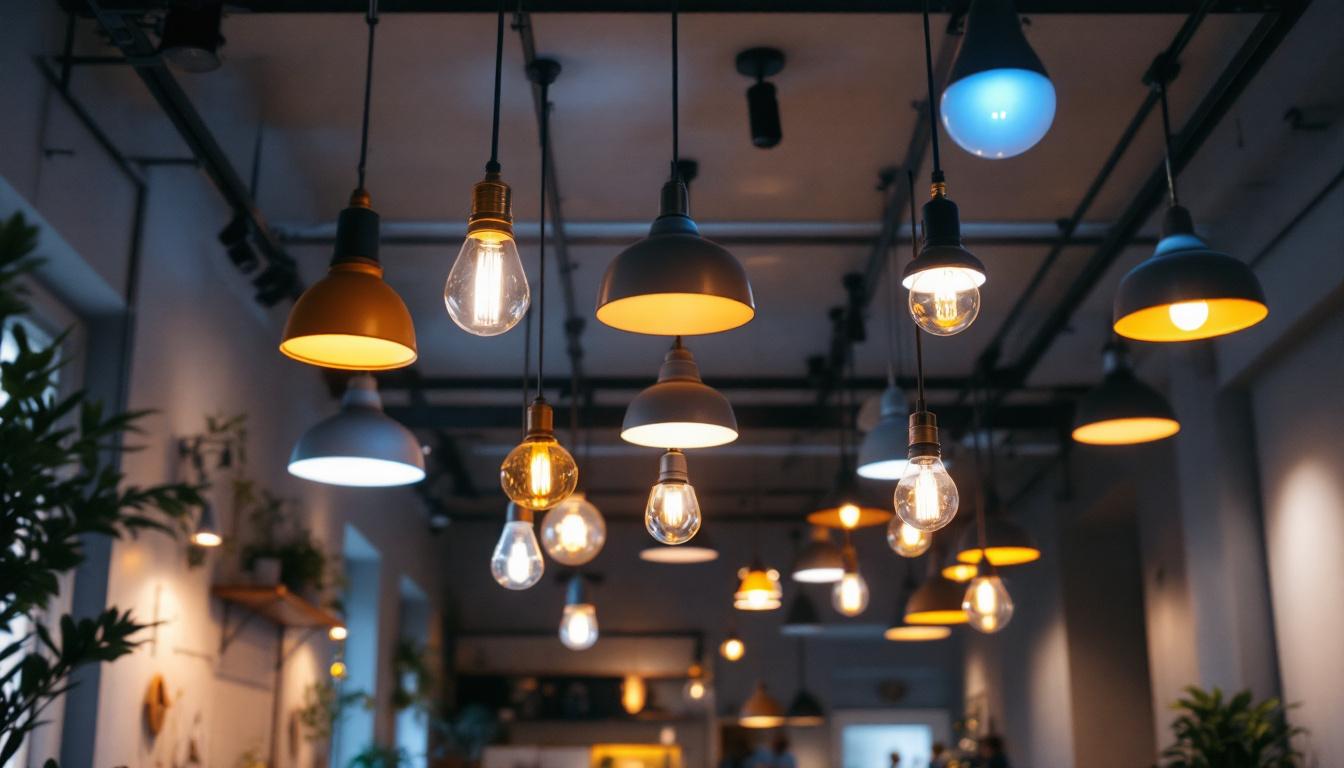
In the ever-evolving world of lighting, LED technology has emerged as a game-changer. As lighting contractors navigate the complexities of various LED bulb types, understanding their unique characteristics and applications is crucial for delivering optimal solutions to clients. This article delves into the different types of LED bulbs, their advantages, and effective strategies for contractors to maximize their use.
LED bulbs come in various types, each designed for specific applications and environments. Familiarity with these types allows contractors to make informed recommendations to clients, ensuring they achieve the desired ambiance and functionality.
Standard LED bulbs are the most common type found in residential and commercial settings. They are designed to replace traditional incandescent bulbs and are available in a variety of shapes, sizes, and wattages. These bulbs offer significant energy savings and a longer lifespan, making them an attractive option for clients looking to reduce energy costs.
When selecting standard LED bulbs, contractors should consider factors such as color temperature and lumens. Color temperature affects the ambiance of a space, with options ranging from warm white to cool daylight. Understanding these nuances helps contractors guide clients in creating the desired atmosphere. Additionally, it is worth noting that the choice of dimmable versus non-dimmable bulbs can further enhance the versatility of standard LED bulbs, allowing clients to adjust brightness according to their needs and preferences.
Directional LED bulbs, including PAR and MR types, are designed to focus light in a specific direction. This makes them ideal for applications such as track lighting, recessed lighting, and outdoor fixtures. Their ability to provide concentrated illumination is particularly beneficial in highlighting artwork or architectural features.
Contractors should emphasize the importance of beam angle when recommending directional LED bulbs. A narrow beam angle is suitable for spotlighting, while a wider angle is better for general illumination. By aligning the bulb choice with the client’s needs, contractors can enhance both aesthetics and functionality. Furthermore, the use of directional LED bulbs can contribute to energy efficiency by ensuring that light is directed precisely where it is needed, reducing wasted illumination and enhancing the overall effectiveness of the lighting design.
Smart LED bulbs represent the intersection of lighting and technology, allowing users to control their lighting through mobile apps or voice commands. These bulbs can be programmed for different scenes, schedules, and even integrated with home automation systems.
For contractors, promoting smart LED bulbs can set them apart in a competitive market. Educating clients on the benefits of smart lighting, such as energy efficiency and convenience, can lead to increased sales and customer satisfaction. Additionally, understanding compatibility with various systems is essential for seamless installation. The ability to customize lighting settings, such as dimming levels and color changes, not only enhances the user experience but also allows for creative expression in home and office environments. As smart home technology continues to evolve, staying informed about the latest advancements and features in smart LED bulbs can empower contractors to offer cutting-edge solutions that meet the growing demand for intelligent lighting systems.
The shift towards LED lighting is driven by numerous advantages that these bulbs offer over traditional lighting options. Contractors should be well-versed in these benefits to effectively communicate them to clients.
One of the most compelling reasons to choose LED bulbs is their energy efficiency. LED technology consumes significantly less electricity compared to incandescent and fluorescent bulbs, resulting in lower energy bills for clients. This efficiency not only benefits the environment but also enhances the overall cost-effectiveness of lighting solutions.
Contractors can leverage this information by providing clients with potential savings calculations based on their current lighting usage. Demonstrating the long-term financial benefits can be a persuasive argument for transitioning to LED technology. Additionally, LED bulbs produce less heat than traditional bulbs, which can lead to reduced air conditioning costs in warmer months. This added layer of savings can be particularly appealing to clients looking to maximize their energy efficiency across all aspects of their home or business.
LED bulbs boast an impressive lifespan, often lasting up to 25,000 hours or more. This longevity translates to fewer replacements and reduced maintenance costs, making them a practical choice for both residential and commercial applications. Their durable construction also makes them resistant to breakage, further enhancing their appeal.
Highlighting the longevity of LED bulbs can alleviate client concerns about initial investment costs. By emphasizing the reduced frequency of replacements and maintenance, contractors can position LED lighting as a smart, long-term solution. Furthermore, the consistent performance of LED lights over time means that clients can enjoy stable lighting quality without the flickering or dimming often associated with aging traditional bulbs. This reliability can significantly enhance the ambiance of any space, making it more inviting and functional.
As sustainability becomes increasingly important, the environmental benefits of LED lighting cannot be overlooked. LED bulbs contain no hazardous materials, such as mercury, and are fully recyclable, making them a greener choice for eco-conscious clients.
Contractors can strengthen their brand by promoting the environmental advantages of LED technology. By aligning their services with sustainability goals, they can attract clients who prioritize eco-friendly solutions. Moreover, the reduced energy consumption associated with LED lighting contributes to lower carbon emissions, making it a vital component in the fight against climate change. By sharing statistics on how widespread LED adoption can lead to significant reductions in energy demand, contractors can inspire clients to be part of a larger movement towards a sustainable future, reinforcing the idea that every small change contributes to a greater good.
Implementing LED bulbs effectively requires strategic planning and execution. Lighting contractors can enhance their service offerings by adopting best practices in LED bulb selection and installation.
Before recommending specific LED bulbs, conducting a thorough lighting assessment is essential. This involves evaluating the space, understanding the client’s needs, and identifying any existing challenges. By gathering this information, contractors can tailor their recommendations to suit the unique requirements of each project.
During the assessment, consider factors such as natural light availability, room function, and the desired mood. This comprehensive approach ensures that clients receive personalized solutions that enhance their spaces.
Education plays a vital role in the successful adoption of LED technology. Contractors should take the time to explain the different types of LED bulbs, their applications, and the benefits they offer. Providing clients with clear information empowers them to make informed decisions and fosters trust in the contractor’s expertise.
Consider creating informational materials, such as brochures or digital content, that outline the various LED options and their advantages. This can serve as a valuable resource for clients, reinforcing the contractor’s role as a knowledgeable partner in their lighting journey.
The lighting industry is constantly evolving, with new technologies and trends emerging regularly. Contractors should stay informed about the latest advancements in LED technology, including improvements in efficiency, color rendering, and smart features.
Participating in industry events, webinars, and training sessions can provide valuable insights into emerging trends. By staying updated, contractors can offer cutting-edge solutions to clients and maintain a competitive edge in the market.
While LED technology offers numerous advantages, contractors may encounter challenges during installation and implementation. Understanding these challenges and having solutions at hand can enhance the overall client experience.
One common challenge is compatibility with existing fixtures and dimming systems. Not all LED bulbs are designed to work with traditional dimmers, which can lead to flickering or reduced performance. Contractors should be proactive in addressing this issue by recommending compatible products and advising clients on potential upgrades.
Providing clients with a list of compatible dimmers and fixtures can streamline the selection process and prevent installation headaches. Additionally, educating clients on the importance of compatibility can help manage their expectations and ensure a smoother transition to LED technology.
Color rendering is another area where clients may have concerns. Some may worry that LED bulbs do not accurately replicate the warm glow of incandescent lighting. To address this, contractors should emphasize the availability of high CRI (Color Rendering Index) LED options that provide a more natural appearance.
Offering samples or demonstrations of different LED bulbs can help clients visualize the color rendering capabilities. This hands-on approach can alleviate concerns and build confidence in the contractor’s recommendations.
The initial cost of LED bulbs can be a barrier for some clients, particularly those accustomed to lower-priced traditional options. Contractors can counter this concern by highlighting the long-term savings associated with LED technology, including reduced energy bills and maintenance costs.
Providing a cost-benefit analysis that outlines the potential savings over time can help clients see the value in investing in LED lighting. Additionally, discussing available rebates or incentives for energy-efficient upgrades can further ease financial concerns.
As the lighting industry continues to evolve, understanding the various types of LED bulbs and their applications is essential for lighting contractors. By leveraging the advantages of LED technology and employing effective strategies for implementation, contractors can enhance their service offerings and provide clients with exceptional lighting solutions.
Through thorough assessments, client education, and staying updated on industry trends, contractors can navigate the challenges of LED implementation while maximizing the benefits. Ultimately, embracing LED technology not only positions contractors as leaders in the field but also contributes to a more sustainable and energy-efficient future.
Ready to elevate your lighting projects with the best LED solutions on the market? Look no further than LumenWholesale, where we provide contractors with the highest quality, spec-grade lighting products at unbeatable wholesale prices. Say goodbye to local distributor markups and hello to superior lighting that meets the strictest industry standards. With our hassle-free bulk buying and free shipping, you can trust that you’re getting premium lighting at the best value — no hidden fees, no compromises. Take the next step in offering exceptional lighting solutions and Wholesale Lighting at the Best Value today with LumenWholesale.

Discover why solar wall-mounted outdoor lights are becoming a must-have for lighting contractors.

Discover the essentials of vanity bulb lights with our comprehensive guide tailored for lighting contractors.

Discover the essential role of drop down ceiling lights in modern lighting projects.

Illuminate your game room with expert insights from lighting contractors.